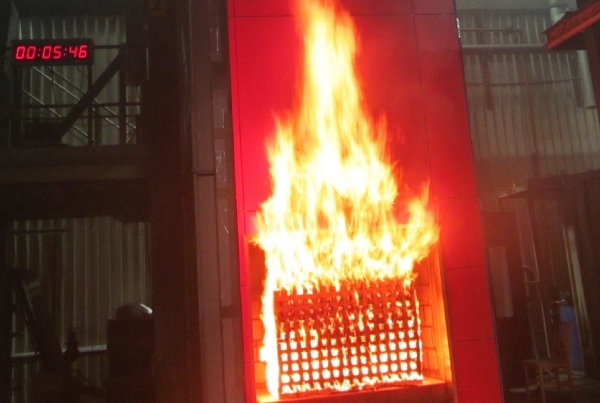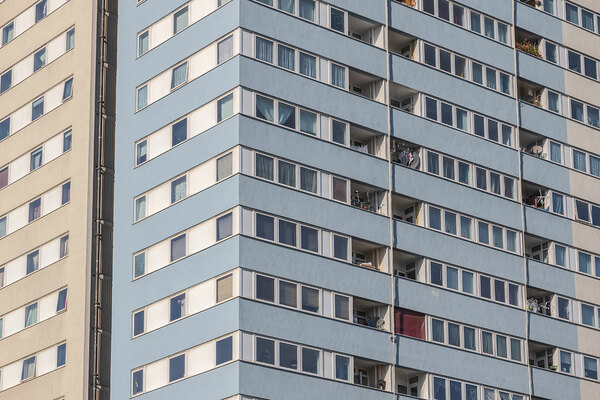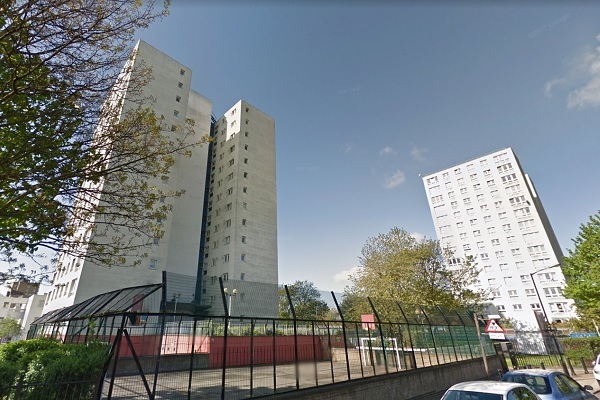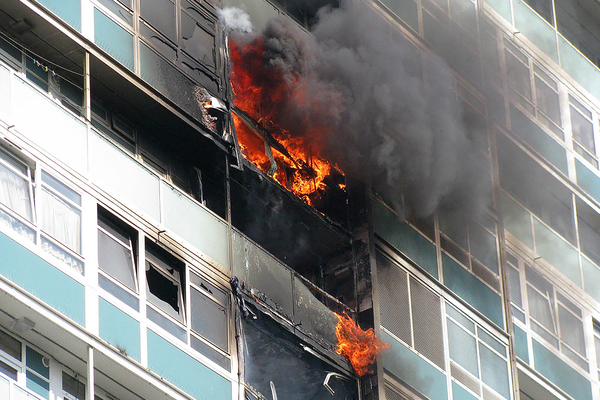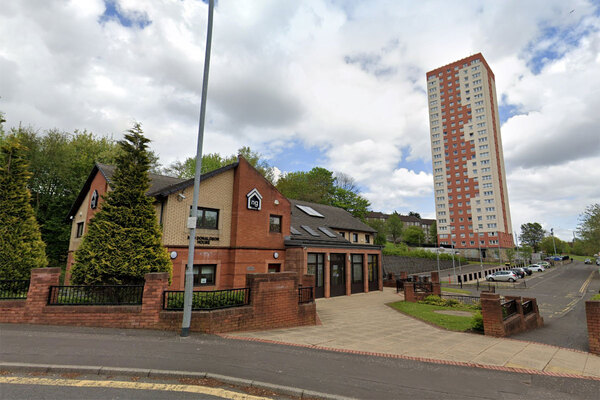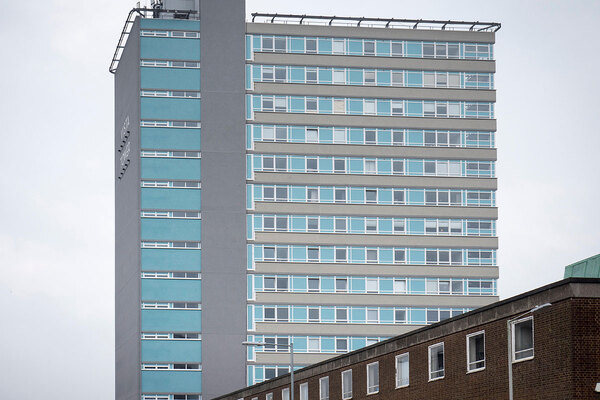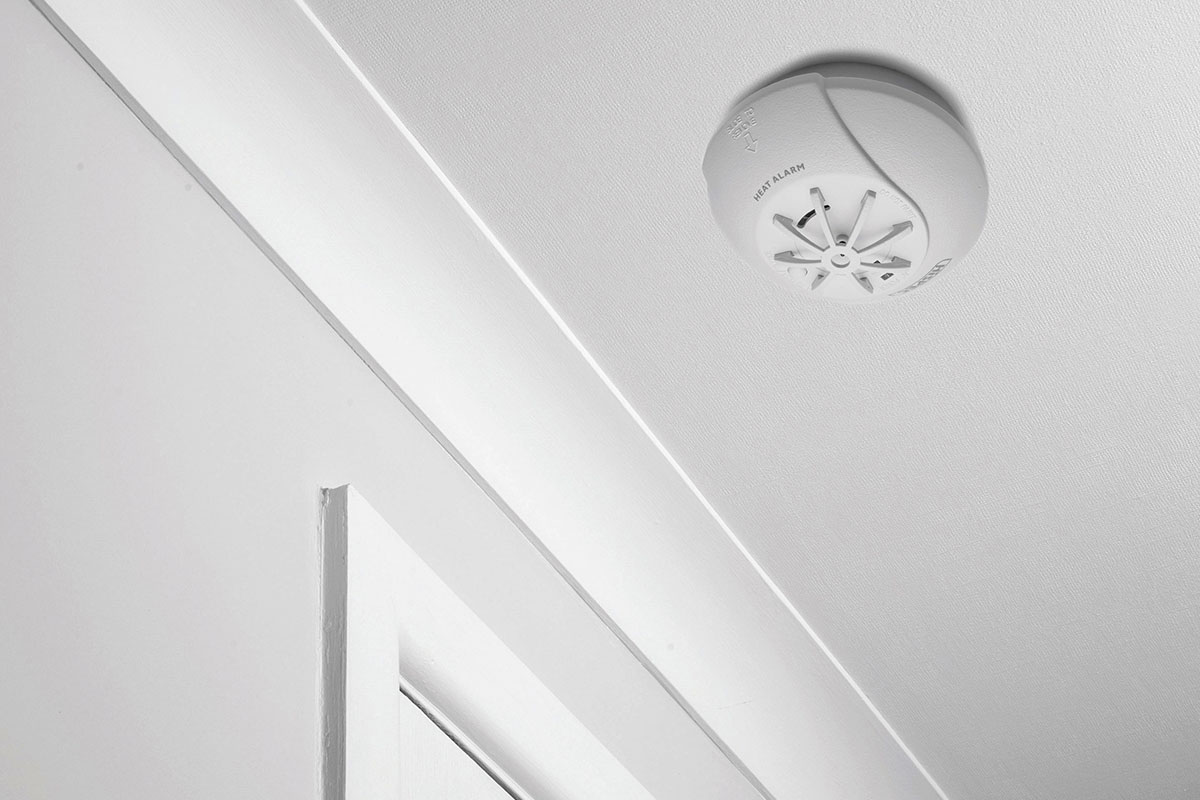Ministers accused of ‘desperation to contain cladding scandal’ as details of non-ACM tests emerge
The government has been accused of a “futile desperation to contain the cladding scandal” as it prepares to combine high-pressure laminate (HPL) material with non-combustible insulation in its forthcoming fire safety test.
The long-awaited fire safety tests on a series of cladding materials are due to start soon, with the result of the HPL tests most anticipated.
The result is likely to determine whether or not ministers launch a government-led programme to strip these cladding systems from the hundreds of high rises nationwide where they are installed. Inside Housing’s End Our Cladding Scandal campaign has called for action from the government to ensure the removal of unsafe cladding from private blocks.
It has now emerged that the test, to be carried out by the insurance industry-linked Fire Protection Association, will combine Class B-rated HPL cladding panels with non-combustible Rockwool insulation.
However, industry sources have told Inside Housing that up to 80% of HPL cladding systems on high rises use the far more combustible plastic foam insulation, while the majority of panels are a much lower fire standard of Class D.
Steve Reed, a Labour MP whose written question revealed the combination of materials, said: “The new test is designed to give high-pressure laminate cladding the best chance of passing by testing it with stone wool insulation, and ignores the fact that many existing buildings have cladding with combustible plastic insulation that might not pass but won’t be tested.
“Ministers must stop playing games with people’s lives, recognise that their job is to keep people safe, and completely overhaul the failed fire safety system so there can be no more Grenfells.”
Dr Jonathan Evans, chief executive of Ash and Lacy, added: “Doing a single Class B test with mineral wool shows a futile desperation to try to contain the cladding scandal and prevent it from extending to other more widely used materials.
“Somebody at the Ministry of Housing, Communities and Local Government [MHCLG] needs to show some leadership, put their hands up and do an open and honest appraisal of commonly found combinations because this situation is not going to go away. It’s going to get worse before it gets better.
“We need to do four obvious tests: Class B and D HPL with mineral wool and combustible insulation.”
Dr Evans warned MHCLG’s expert panel over the dangers posed by HPL cladding in an email sent on 27 July 2017 – just six weeks after Grenfell – but no immediate action was taken.
An HPL and plastic foam insulation cladding system was tested by the Building Research Establishment in 2014, with the system burning at more than 900⁰C and collapsing after 20 minutes.
HPL panels were used below the windows at Lakanal House, and helped the spread of a fire which killed six people in 2009. After the fire, the panels were tested by the Metropolitan Police and it burned through in just four-and-a-half minutes.
Planned HPL test: the details
(Pictured: Halo Tower in Stratford, where high-pressure laminate cladding panels are being removed)
- The government is testing a number of non-aluminium composite material cladding systems, with the most attention focused on its high-pressure laminate (HPL) test
- Experts have warned of the dangers of HPL cladding for months, with removal work underway on many buildings. However, the launch of a government-led programme and potentially funding depends on the result of the official test
- It has now emerged the government plans to test Class B-rated HPL panels with non-combustible mineral wool insulation
- But the vast majority of HPL systems use combustible foam or plastic insulation and more combustible Class D panels
- The government has been accused of trying to limit the cost of the cladding scandal by seeking a combination which is likely to pass the official test
HPL panels were used below the windows at Lakanal House, and helped the spread of a fire which killed six people in 2009. After the fire, the panels were tested by the Metropolitan Police and it burned through in just four-and-a-half minutes.
The government tested seven combinations of aluminium composite material (ACM) cladding – the material used on Grenfell – after the fire in the summer of 2017.
It has since identified 434 towers with dangerous systems and has provided £400m to remove them from social housing blocks, last month it announced a further £200m for privately owned towers.
In January, housing minister Kit Malthouse said the government would expect HPL-clad buildings to be remediated “if it’s equivalent to ACM cladding and proven to be the same”.
Despite an advice note in December last year advising building owners to strip dangerous non-ACM systems from buildings, there is currently no government-led programme to remove HPL cladding from blocks, or to identify the blocks where it is installed.
Nonetheless, some social landlords, including Metropolitan, Notting Hill Genesis and L&Q have begun work to remove HPL materials.
As well as HPL, the non-ACM tests will assess zinc composite material, copper composite material, aluminium honeycomb, brick slip systems and reconstituted stone.
A spokesperson for MHCLG said: “Testing to understand the fire performance of non-ACM external wall systems began in April and we expect final results to be available by the summer.”
End Our Cladding Scandal: full coverage
- Government-funded advice agency tells leaseholders they are 'likely' to be liable for cladding costs: LEASE, the government's official advisory service for leaseholders, has been advising residents they are likely to be liable to pay bills for cladding removal
- Residents evacuated after fire at block with Grenfell-style cladding: Residents of Vallea Court in Manchester are forced to flee after a fire breaks out in a lift shaft
- Leaseholders in London block pay nearly £3.5m for cladding removal: Despite promises from ministers to protect leaseholders, residents of the M&M Buildings near Paddington have been told to pay out
- Minister's will have blood on their hands if another death occurs, says MP: A round-up of the parliamentary debate on providing funding to remove dangerous cladding
- Sector leaders call for an end to the cladding scandal: backers of the campaign explain why they are calling on the government to end the scandal
- #EndOurCladdingScandal – campaign launch sees cladding stories go viral: a round-up of the Twitter reaction to the launch of our campaign
- Revealed: the mental health trauma of residents in blocks with dangerous cladding: read about the mental health impacts of dangerous cladding on high rises
- Victims of the cladding scandal: read the stories of some of those impacted by the crisis
- Why we need a cladding fund for private buildings: Manchester Council chief executive Joanne Roney explains why a fund to pay for cladding removal is necessary
- Why Inside Housing is joining with leaseholders to call for an end to the cladding scandal: our deputy editor Peter Apps on why we are supporting the campaign
- End our cladding scandal: the campaign’s aims and backers
